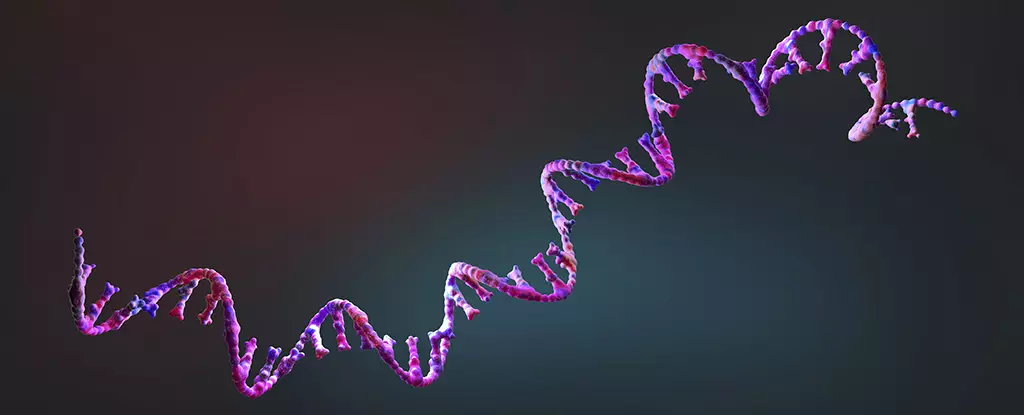The origins of life on Earth remain one of the most profound mysteries in science. Historically, we have witnessed a great deal of conjecture regarding how complex biomolecules first emerged from simple chemical precursors in the prebiotic environment. The latest research from a team of German scientists sheds light on a crucial aspect of this enigmatic process, exploring how reactive molecular units may have transitioned into stable and replicable forms—paving the way for the genesis of life. This article delves into the innovative laboratory experiments that aim to simulate primordial conditions and decipher the transformative journey from rudimentary chemicals to complex genetic structures.
To better understand the emergence of life, scientists have attempted to recreate the conditions that existed in Earth’s primordial waters. Researchers at the Technical University of Munich devised an experimental setup tailored to study RNA-like units, which are synthetic chemical components capable of linking together in various configurations. The goal was to unravel how these simple molecules could band together to form the beginnings of nucleic acids, such as RNA (ribonucleic acid). According to chemist Job Boekhoven, the essential question they posed was: could they leverage our existing knowledge of these early molecules to recreate life’s origins under laboratory conditions?
The initial phase of their experiment involved exposing these synthetic units to a ‘fuel’ composed of high-energy molecules. The results were striking—these RNA-like units continuously formed and disassembled in a variety of assemblies. However, left to their own devices, these molecules exhibited limited stability, often disintegrating before they could sustain meaningful interactions. This observation prompted the researchers to introduce an unexpected variable: preformed strands of DNA.
The introduction of DNA templates was a pivotal moment in the experiment. By aligning these pre-existing structures with RNA-like units, the researchers observed an unexpected uptick in molecular stability. These interactions not only allowed for more complex molecules to emerge but also fostered the formation of durable double-stranded structures. According to Boekhoven, “the exciting part is that double strands lead to RNA folding, which can make the RNA catalytically active.” The implications of these findings are profound; they suggest that preformed structures may have acted as catalysts for molecular interactions, enhancing the likelihood of stability and replication.
What emerged was a scenario reminiscent of natural selection. The experiment demonstrated that some molecular structures, when paired with the DNA templates, exhibited characteristics vital for the primal forms of life—self-replication, adaptability, and a capacity for sustenance. These traits echo the fundamental tenets we associate with living organisms. What is particularly fascinating is that the collective behavior of these molecules could influence their surrounding environment; as the assembly and copying of strands progressed, the properties of the membrane enveloping these molecules began to change.
This investigation, while illuminating a critical step towards understanding life’s origins, raises a pertinent question: how did these DNA templates come into existence in the first place? The researchers have identified this query as a compelling subject for future studies. Boekhoven posits, “we’re currently exploring whether it’s possible for RNAs to form their own complementary strand,” hinting at the multifaceted trajectories pathways of research may take.
As a result of this work, the field of abiogenesis—the study of how life arises naturally from non-living matter—stands to gain a great deal. This body of research not only enriches our understanding of how RNA could replicate and evolve but also integrates the transformative role that DNA played in this evolutionary narrative.
The emerging insights from this research serve as a testament to the striking capabilities of modern scientific methods. By simulating conditions akin to those billions of years ago and dramatically accelerating the timelines of molecular interactions, scientists are bridging the gaps in our understanding of the origin of life. As Boekhoven aptly puts it, “We didn’t have millions of years available and wanted an answer quickly.” This work contributes to our ongoing quest to elucidate how complexity can arise from simplicity, ultimately providing invaluable perspectives on the very foundation of life itself. In stanza after stanza, the story of life’s origins becomes a finely woven tapestry of chemistry, biology, and the mysteries that define our existence.

Leave a Reply